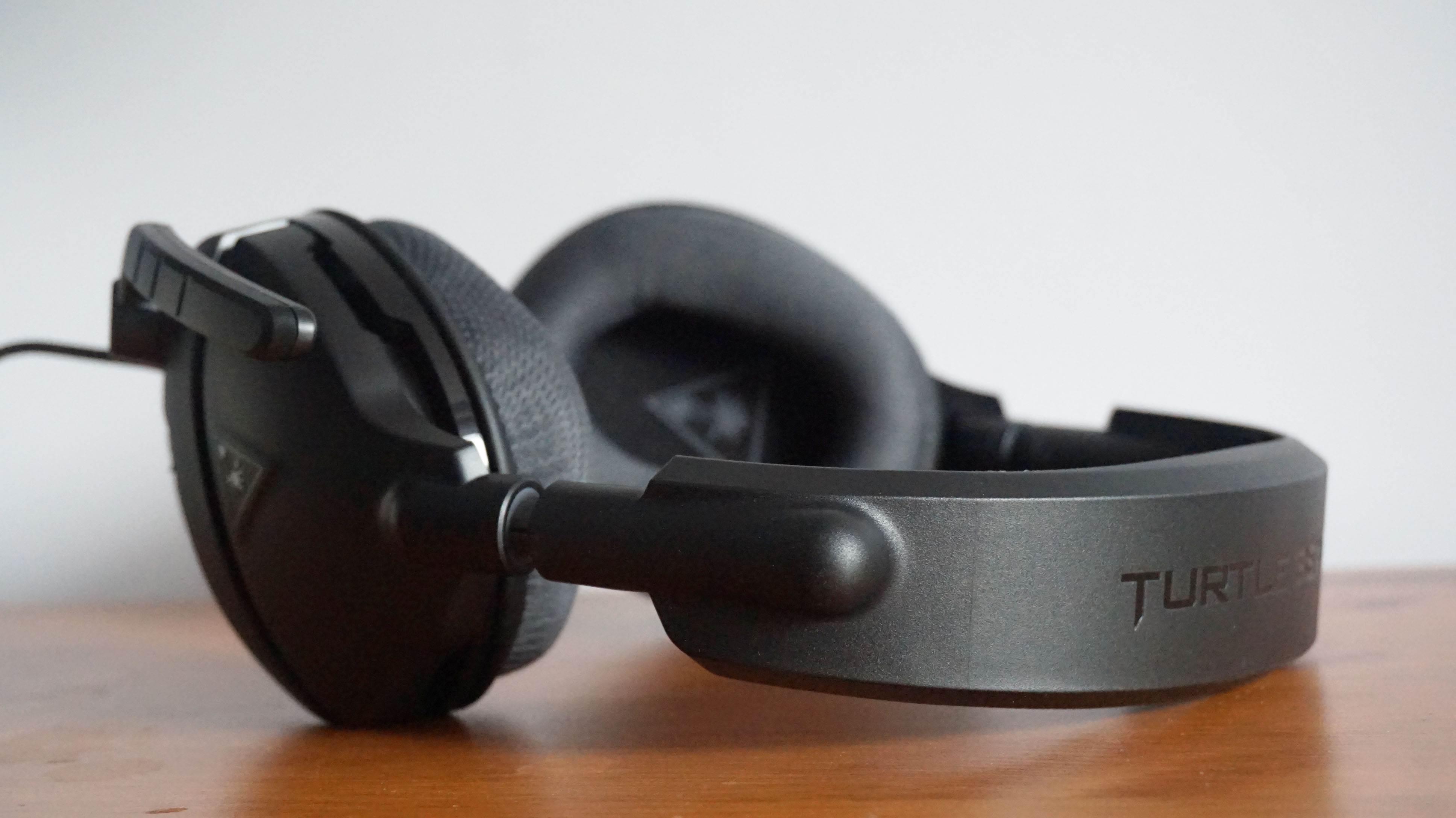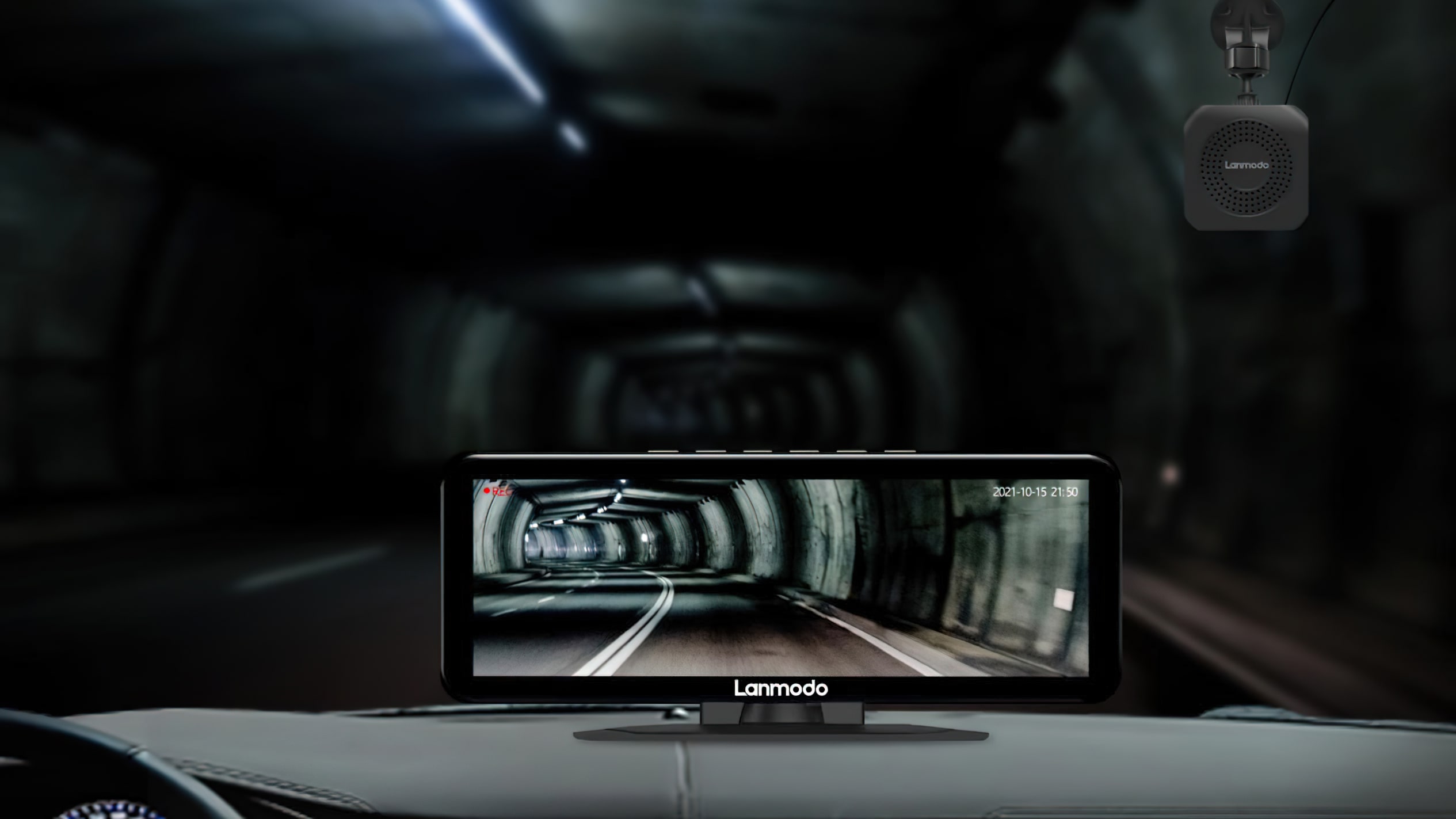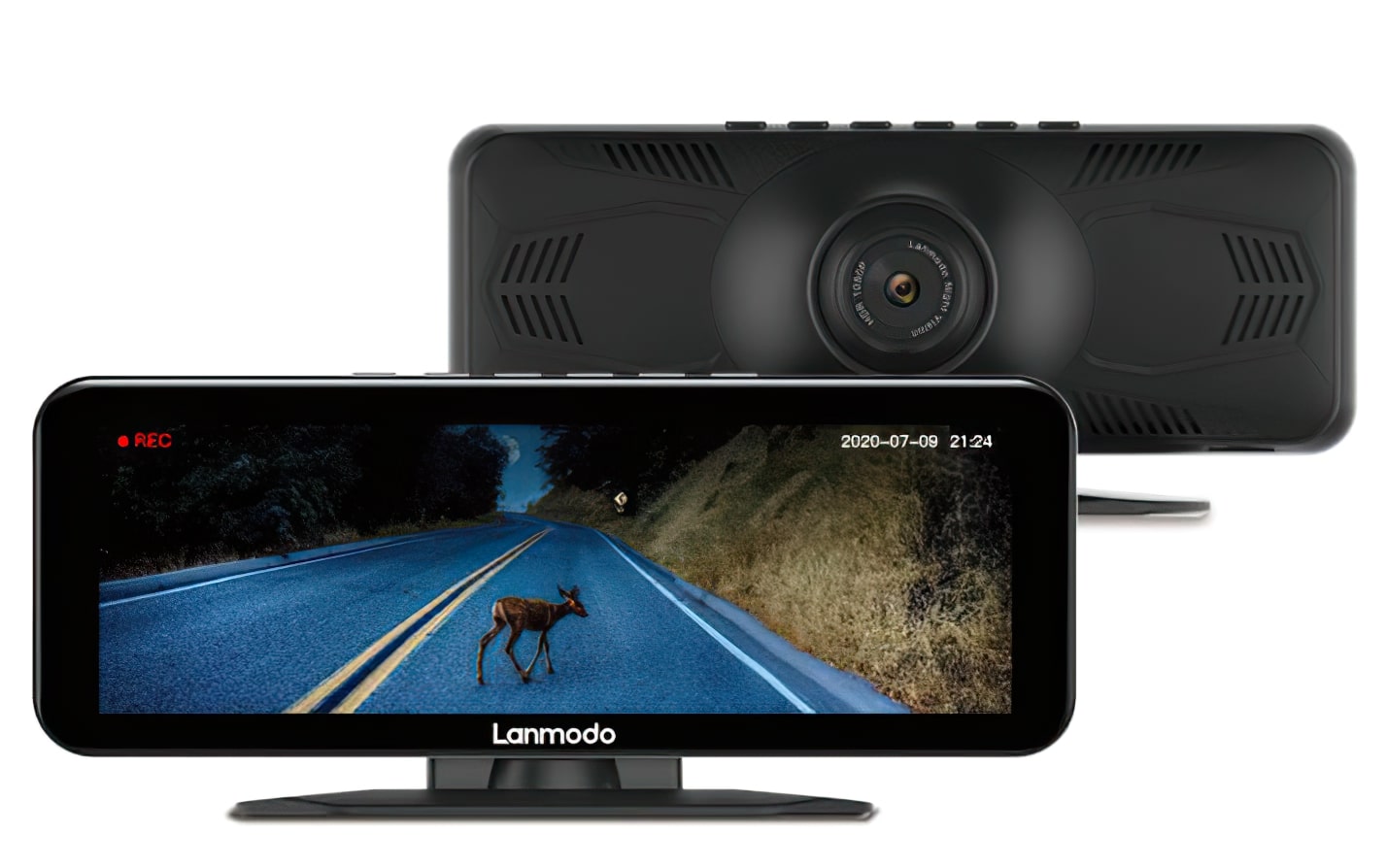
Take one have a look at Turtle Beach’s Atlas Three and Stealth 300 headsets and also you’d in all probability swear blind they have been precisely the identical factor. Apart from the Stealth 300’s giveaway blue highlights, each headsets share the identical design, the identical 3.5mm audio connection and flip-to-mute microphone, and each have the reasonably baffling should be charged each 40-odd hours on account of their built-in bass amplifier gubbins regardless of the very fact they’re each essentially wired headsets as a substitute of wi-fi ones. Thankfully, the Atlas Three is rather more than only a monotone palette-swap of Turtle Beach’s mid-range console-oriented headset.
For starters, this one’s really been particularly designed with PC peeps in thoughts. The Stealth 300 was high quality for laptops and wi-fi controllers that got here with mixed headphone and microphone jacks, however attempting to get it to work with an precise PC required a separate splitter – one thing that’s bundled in with the Atlas Three straight off the bat.
Of course, a bundled splitter doesn’t a best gaming headset make. Good factor, then, that the Atlas Three additionally rectifies one other massive drawback I had with the Stealth 300, in that it’s really a fairly rattling good headset for common music listening in addition to enjoying games. The Stealth 300 made a very good impression once I booted up my gaming take a look at suite again in July, however switching over to my assortment of soundtracks in iTunes descended into one massive boomy mess.
Happily, the Atlas Three produces a much more balanced sound than its console cousin, supplied you select the fitting bass mode, that’s. On its default setting, the strings and piano sections in my Final Fantasy XV soundtrack sounded a bit skinny and limp, however switching over to the second bass mode (indicated by two little beeps versus one on the primary mode) was a large enchancment. The soundstage opened up dramatically, giving equal weight to each highs and lows in addition to loads of element within the surrounding percussion. Everything from game soundtracks to rock and pop songs sounded glorious on this preset, and the bass felt heat and wealthy always with out feeling prefer it was drowning the whole lot else out consequently.
Personally, I didn’t suppose a lot of the third and ultimate bass mode (three beeps), which appeared to shunt strings and different highs even additional in the direction of the again of the room than the primary mode did, however a minimum of there’s a good number of presets to select from in case you occur to want a boomier high quality to your common music tracks.
The Atlas Three continued to impress once I began enjoying games with it, too. In Doom, the game’s pulsing soundtrack sounded splendidly detailed and energetic, the deep growth of my Super Shotgun ringing satisfyingly in my ear as I listened to the tinkling blood splatters that adopted, and I used to be capable of precisely determine the placement of any straggling demons.
I used to be impressed with the way it dealt with Hellblade: Senua’s Sacrifice, too – which is greater than might be stated for the HP Omen Mindframe I reviewed earlier within the week. Here, the voices inside Senua’s head gave the impression of they have been coming from all angles, their clear whispers and snipes offering oodles of ambiance and a robust sense of menace. I’d suggest utilizing both the second or third bass presets for games like this, as the primary one all however destroyed a lot of the finer particulars in Hellblade’s soundtrack akin to flickering fires and the light paddling of Senua’s row-boat. There was much less of a distinction in Doom, in all probability as a result of sheer quantity of stuff happening in that music, however quieter, extra atmospheric games like Hellblade want as a lot element as potential.
As for Final Fantasy XV correct, that too was finest served by the second preset. Its wealthy orchestral music sounded completely high quality on the opposite modes, too (and also you’d possible be pleased with any of them in case you didn’t know which one you had enabled), however the second positively had one of the best zips and zaps as Noctis teleported himself throughout the battlefield, and probably the most balanced soundscape total.
For all its clear audio chops, nevertheless, the structure of the Atlas Three’s controls nonetheless drives me up the wall. These are all in precisely the identical place because the Stealth 300, so which means a quantity wheel proper subsequent to the mic quantity wheel on the again of the left ear cup, and the facility button proper subsequent to the bass EQ mode button on the aspect. Each pair is inconceivable to inform aside when you’ve really bought the factor in your head, and there have been a number of instances once I ended up reaching for the incorrect one. Muscle reminiscence will in all probability kind out these niggles in time, however I want Turtle Beach had rejigged the design for the Atlas Three as a substitute of utilizing the identical shell because the Stealth 300.
The microphone was additionally mildly problematic. While my voice recordings in Audacity have been completely clear, there was a persistent and reasonably loud hiss happening within the background. Admittedly, that’s in all probability as a result of I needed to flip Audacity’s recording quantity proper as much as its most stage, as setting it any decrease didn’t decide up something in anyway. Then once more, the hiss returned once I tried utilizing it for Skype, too, so I feel it’s simply one thing you’ll should put up with in case you’re going to make use of it for enjoying on-line together with your mates.

The Atlas Three’s controls are all very shut collectively, and all very simply mistaken for his or her subsequent door neighbour
Still, a minimum of it’s fairly snug to put on for lengthy durations of time. Normally these type of headbands have a tendency to begin giving me a headache someplace across the 30-60 mark, however I used to be pleasantly stunned to search out I may put on the Atlas Three for a few hours at a time. There nonetheless got here the inevitable second the place I needed to shift it a few bit to keep away from the dreaded headset squeeze on the highest of my head, however for probably the most half I bought on with it very properly certainly.
As such, the Atlas Three will get a thumbs up from me, regardless of my quibbles with the mic and fussy controls. At this worth (£65 within the UK and a reasonably unlucky $90 within the US) I’d in all probability nonetheless go for the USB-based Corsair Void Pro RGB if given the selection (whose pricing is paradoxically the identical because the Atlas Three however in reverse for the UK and US), if solely as a result of it’s much more snug and has a much better microphone. However, in case you’d reasonably have a headset that you would be able to additionally use with different gadgets and doesn’t value the earth, there’s nonetheless loads to love concerning the Atlas Three. It’s positively a greater purchase than Turtle Beach’s Stealth 300, and much more versatile besides. It squeaks in as one other certainly one of our greatest gaming headset runner-ups.




